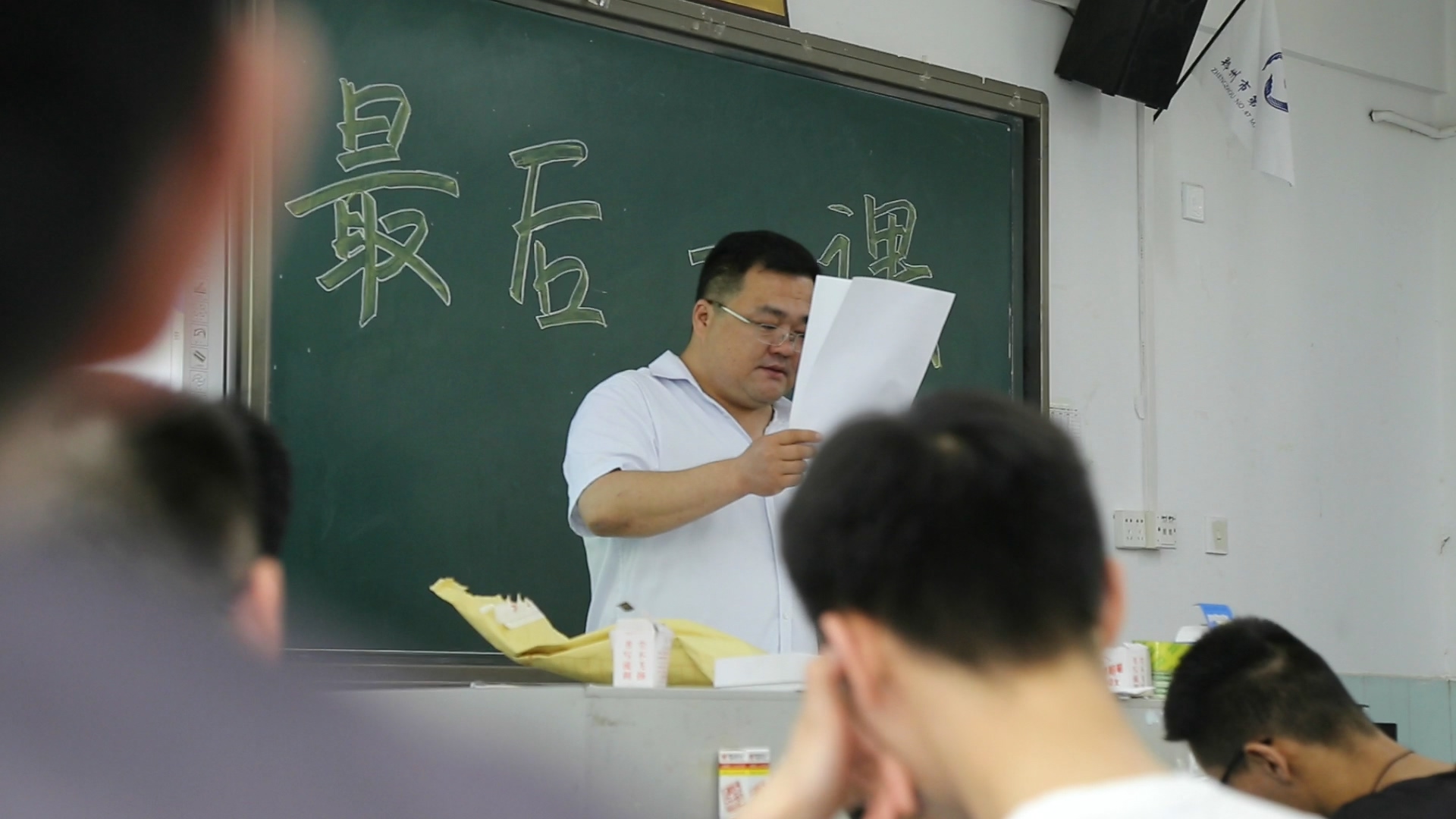BEIJING - Loaded with 200 tons of cargo, a freight train leaving South China's Guangzhou today will arrive in Moscow 18 days later, having traveled more than 7,000 miles through Eurasia.
The trip is two weeks faster than the journey by sea via Hong Kong, winding along the eastern Chinese coast and around the Korean peninsula to Vladivostok and then by rail again to the Russian capital.
Another railway route, starting from nearby Dongguan, exits China from northwestern Xinjiang to Kazakhstan, connecting the world's manufacturing center with landlocked central Asia and on to Europe.
A consortium of Chinese and Russian companies have agreed on a contract worth around $380 million with Russian Railways on pre-construction surveys and design for a 770 km high-speed track linking Moscow and Kazan.
These lines, part of an ambitious initiative for regional integration, are bringing countries along routes new opportunities and hope, and will no doubt be the subject of much conversation at the upcoming Shanghai Cooperation Organization (SCO) prime ministers' meeting from Dec 14 to 15. China's neighbors have high hopes that the Belt and Road will help their slowing economies. If successful, the Belt and Road will become a trade, investment and infrastructure network that connects Asia with Europe and Africa.
Founded in 2001, the SCO consists of China, Russia, Kazakhstan, Kyrgyzstan, Tajikistan and Uzbekistan. It has potential new members in India and Pakistan. Iran and Mongolia are observers. These countries were major participants of the ancient silk trade, and almost all are developing nations.
Former Singaporean foreign affairs minister George Yeo Yong-Boon said Eurasia will become a major driver for global economic growth in coming decades and the connectivity the Belt and Road will bring could catalyze development.
Cooperation has not been limited to transportation. Kyrgyzstan relies on oil imports due to a lack of refining technology. It had an annual production capacity of 100,000 tons compared with demand for 2.5 million tons.
Since December 2014, with Chinese investment, a new refinery has provided one third of the oil the country needs and the taxes it renders are expected to yield one seventh of the national tax revenue. The project employs about 2,000 people, and there are plans to train another 1,000 local professionals over the next 10 years, according to Wang Jiulong of Trans-Asia Gas Pipeline, a major investor.
China also has agreements with Uzbekistan, Tajikistan and Kyrgyzstan on gas pipelines. In 2014, trade volume between China and the four central Asian SCO members hit $40 billion, a 13 percent increase year on year.
相关阅读 换一换
-
Premier Li calls for more cooperation among SCO members
Premier Li Keqiang called on the Shanghai Cooperation Organization (SCO) to gather strength and tap into potential, create six cooperation platforms, and push cooperation to a higher level on Dec 15.
-
Li poses for group photo with participants of 14th SCO PMs' meeting
Chinese Premier Li Keqiang(5th R F) poses for a photo with other participants of the 14th prime ministers' meeting of the Shanghai Cooperation Organization (SCO) in Zhengzhou, capital of central China's Henan Province, Dec. 15, 2015.
-
SCO prime ministers start talks in central China
Prime Ministers of Shanghai Cooperation Organization (SCO) member states started talks on Tuesday in Zhengzhou, capital of central China's Henan Province.
-
China hopes SCO prime ministers' meeting promotes industrial co-op
China hopes the 14th Shanghai Cooperation Organization (SCO) prime ministers' meeting will promote international industrial cooperation, Premier Li Keqiang said on Monday.
-
Focus: SCO meeting to raise landlocked Chinese city's profile
File photo taken on Aug. 17, 2015 shows Zhengdong New District, an eastern suburb of Zhengzhou, central China's Henan Province.Conferences like the SCO prime ministers' meeting can give Zhengzhou and people here this chance," Nie added.
-
China Focus: SCO meeting to raise landlocked Chinese city's profile
12 (Xinhua) -- Zhengzhou, the capital of landlocked Henan Province and one of China's most pivotal railroad junctions, hopes to raise its global profile through hosting the 14th Shanghai Cooperation Organization (SCO) prime ministers' meeting next week.
-
The 14th Meeting of the Council of Heads of Government (Prime Ministers) of SCO Member States to be Held in Zhengzhou
The 14th meeting of the Council of Heads of Government (Prime Ministers) of the Shanghai Cooperation Organization (SCO) member states will be held in Zhengzhou.
-
SCO to tackle economy, terrorism
Vice-minister: Meeting will focus on urgent tasks in regional development.
-
China calls for international cooperation to fight terrorism
China on Friday called on countries to enhance coordination, solve their differences and take comprehensive measures in fighting against terrorism.
-
韩媒:第四次中韩反恐合作会议5日将在青岛召开
据韩联社报道,韩国外交部4日透露,第四次中韩反恐合作会议将于5日在中国青岛召开。据悉,出席会议的双方首席代表为中国外交部涉外安全司司长邱国洪和韩国外交部反恐国际合作大使许铁。
-
SCO meeting to sign deals on regional cooperation
The upcoming Shanghai Cooperation Organization (SCO) prime ministers' meeting hosted by China will witness the signing of resolutions and deals against the backdrop of economic pressure and terrorism threats, a vice foreign minister said Tuesday in Beijing.















